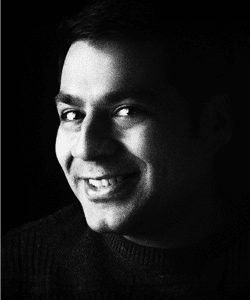
They have walked the ramp at international fashion shows. They have been asked to tell their stories over and over again. They have been spoken about widely in the media. But rarely has anyone captured their transformative journeys through authoritative images that do not put them on an unrelatable pedestal of being exclusively steely. Because let’s face it, it is the journey they took from not knowing how to live with this pain and trauma of having been physically and mentally assaulted to learning to live graciously with their past, independently and confidently, that makes them who they are.
They are like us in that they breathe, they talk, they love, they live and yet they are anything like us in their stupendous courage to have had their lives brought to a standstill by a tragedy and yet winning over them in the unlikeliest of ways.
Award winning social documentary photographer, motivational speaker, and a meditation teacher- Niraj Gera, through his very well received Sacred Transformation series, has captured the emotional transformation of acid attack survivors on the canvas, presenting them in various shades of life with an aim to let people in on the most difficult part of the acid attack survivors’ journeys and also their most beautiful moments – a rekindling that words or speech could never do justice to.
We spoke to Niraj about his own experience as a photographer in taking up an emotionally difficult and also rewarding project like Sacred Transformations, role of empathy for a photographer, how he managed to balance sensitivity and disclosure, the toughest bits of the project and why the exhibition has had such a huge impact on so many people, among many other questions.

How important is empathy for a photographer?
Niraj: Empathy is very essential for any artist to establish a connection with their subjects because unless and until you connect with your subject it is nearly impossible to understand their emotions and perception in depth. And that lack of understanding will definitely reflect on your work. As a photographer, I try to do justice to my work. I try to depict their story with as much sincerity and sensitivity possible. And I think, my involvement in spiritual practices (be it meditation or yoga) has given me an edge on acquiring that bit of sensitivity which has helped me not just in strengthening my skills but also exploring and embracing the emotions of my subjects as they are.
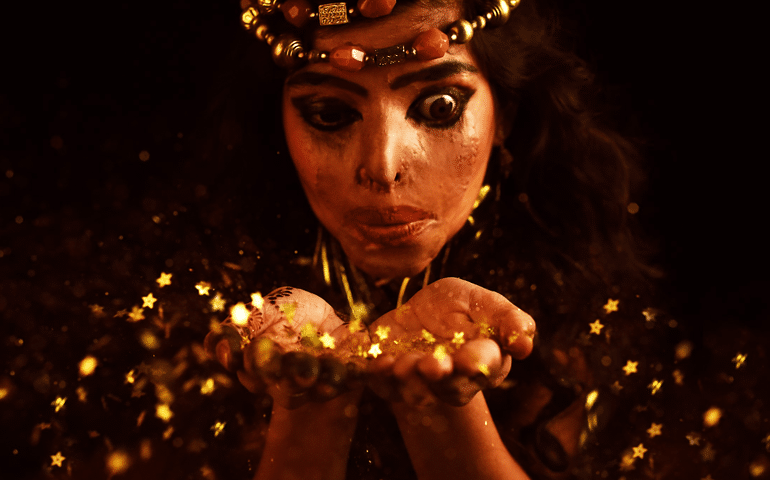
What inspired you to capture the faces of acid victims on your canvas? What did you want to tell through this project? How long did the project take? What has the response been like?
Niraj: My first interaction with the survivors was at a protest march held at the Jantar Mantar(Delhi) in the year 2014. This is where it all started. I traveled that extra mile to get to know them. The concept of ‘Sheroes Hangout’( a café run by acid attack survivors) impressed me, as I saw them trying to establish their own entrepreneurial independence.
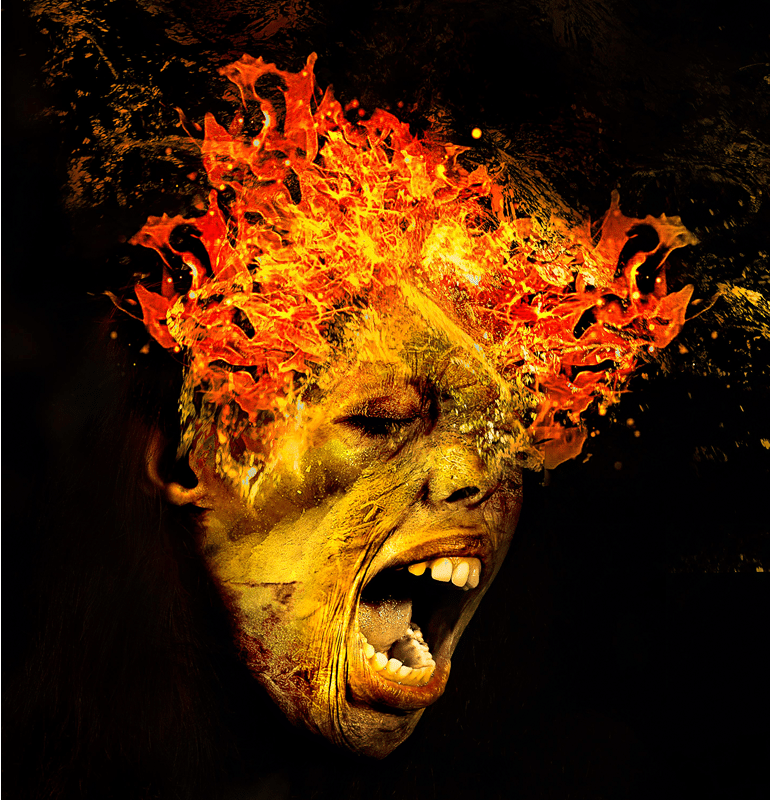
But my choice to work for them was an instinctive decision. And I’m glad I went on to execute it. This has helped me evolve as a person and made me a more sensitive person. We have had some lovely as well as some emotional moments during the shoot and otherwise too. They have become my family now. I had some 12 to 13 sessions of photography with them in a span of 28 months. It was not at a stretch though. It took a long time because I was traveling too. We had developed a familial bond after a few sessions of shooting and they would share their problems, joys, and feelings with me.

I’m simply overwhelmed by the response. When I see people getting affected by the images, sometimes even getting emotional, while viewing the photographs, there is a sense of satisfaction in me. Because I feel, I have been successful at touching the chord of their emotion and I see that as an important step towards bringing the required change in society.
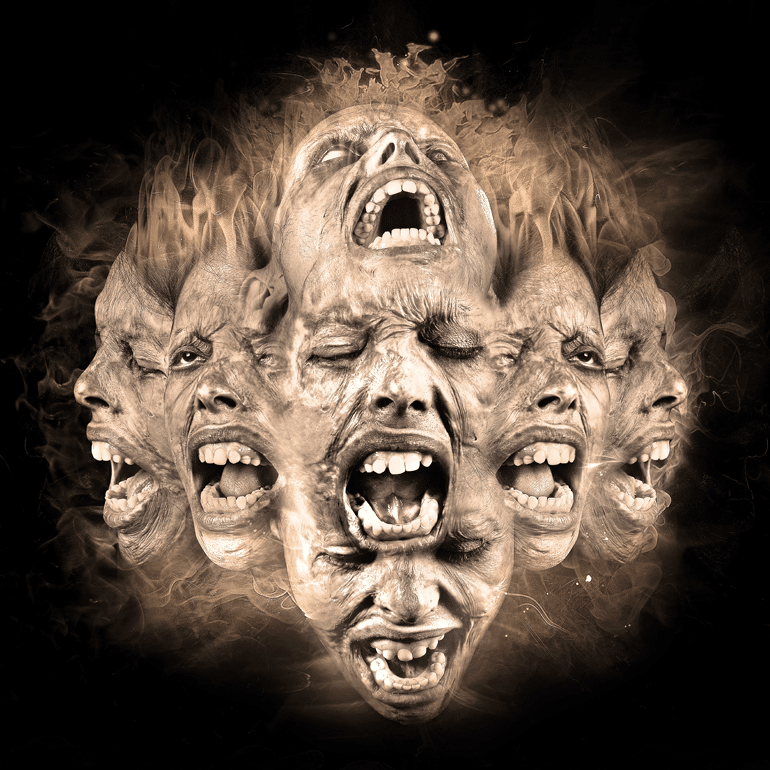
Why did you think the project has impacted people so much?
Niraj: My intention was to enable the masses to connect with the survivors at a meaningful level. Emotions and feelings are a pretty universal phenomenon that connects us as humans and this is what I have tried to explore as a means to ignite the sense of relatability. People are moved because they can live that transformation through these photographs at the level of emotions and that I think is the reason for the project being so impactful.
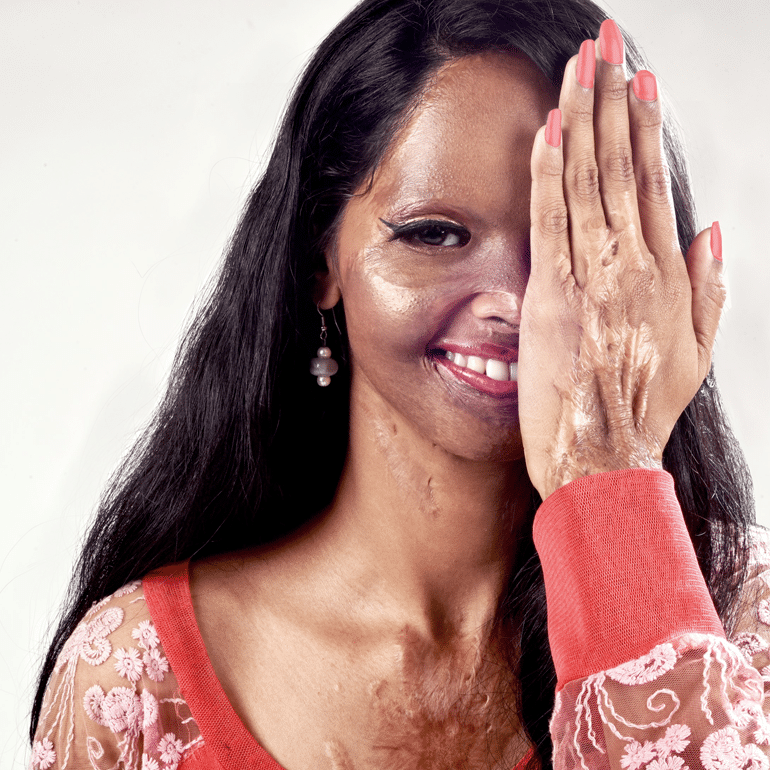
Must Read: She Survived An Acid Attack At The Age Of 15. Laxmi Is Now The New Face Of A Fashion Brand.
What was the most challenging part personally for you in this project?
Niraj: As an artist, I had a vision of what I wanted, and getting that was not easy. I really wanted the audience to be able to understand the depth of their emotions, and hence a lot of time and effort was put into the entire shoot as I wanted to do justice with something which was in a way meant to represent them. To arrive at a satisfactory shot was not easy and so I had to re-do it many times. However, every time I would see them(subjects), I would feel like it was all absolutely worth the effort.
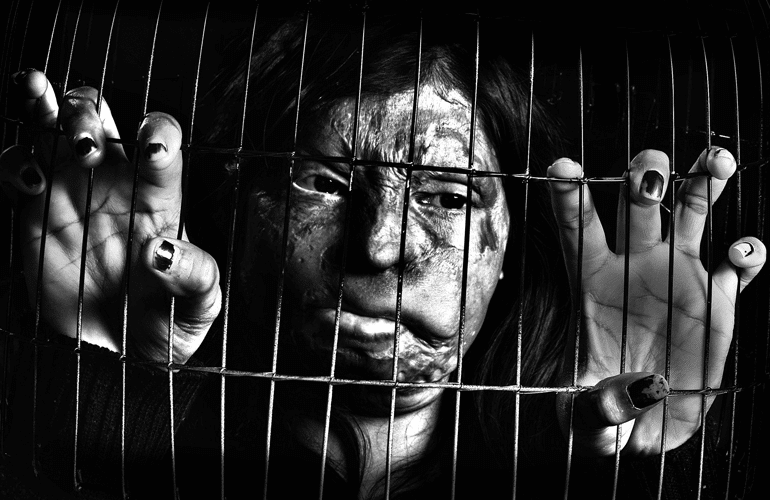
You also taught them meditation. What was the difference you saw in them?
Niraj: Yes, I did introduce them to meditation because I felt that they needed to attend to their spiritual and mental healing just as much as they did to their physical healing and being an Art of Living faculty, the least I could do was to introduce them to this spiritual knowledge inspired by my Guru Sri Sri Ravi Shankar. This course helped them enormously in connecting with their inner self and the feedback was very promising. It helped them overcome their fears and inhibitions, and this course was special because they had had deep-seated trauma from the accident that only spiritual practices could help get rid of.

Sometimes, as photographers, you are witness to both positive and negative raw realities of life, death, sadness, vulnerability etc. It may be easier to deal with the positive ones, how do you deal with the negative moments in front of you(like capturing portraits in Uttarakhand when they had just been through unspeakable loss?)
Niraj: I think my inclination and participation in spirituality and spiritual practices such as meditation and Sudarshan Kriya has played a major role in helping me effectively deal with such situations and has brought more equanimity in my life irrespective of the circumstances, however, I have now gained more sensitivity towards other’s pain and agony.

As a social documentary photographer, we are in the role of a story teller and it becomes our responsibility to capture the real emotions and present them through impactful photographs, with all its rawness, without using a word to narrate their story. I usually get along with people very easily and make them feel at home on and off the shoot, this helps me in bringing out the best in them.
What life advice do you have for aspiring photographers who want to take photography up professionally?
Niraj: My first suggestion is to explore their niche in photography. It is important to identify the particular kind of photography(portraiture, wildlife, macro, social documentary, event or any other) which distinguishes them from others and then nurture it to the fullest. Secondly, I’d suggest them to recognize the area of interest in any frame before clicking a photograph. This decides why people should take interest in their photograph and also helps them come up with an interesting composition.
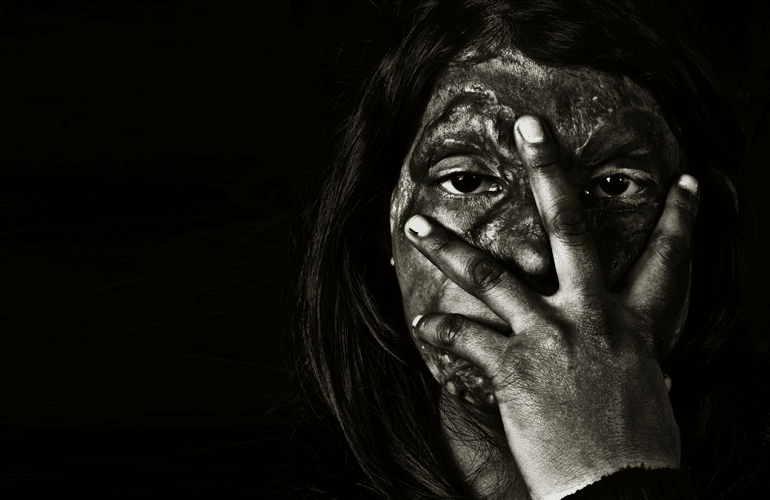
Apart from photography, promotion of one’s work has also become very important. Therefore, one should be acquainted with at least the basics of promotion through social media/PR and/or hiring professional for same. This ensures that your good work reaches the right people.
What has been the toughest moment at work for you(any particular person or event that you photographed)? Why was it the toughest? What kept you going?
Niraj: Toughest part of the shoot was asking them several questions regarding the acid attack they went through. I understand that it was not less than reliving the incident for those girls but I had no other option but to ask those questions, which I think ultimately helped us come closer to each other. The comfort level of survivors increased drastically after that, which is also one of the reasons why we could come up with such powerful photographs.
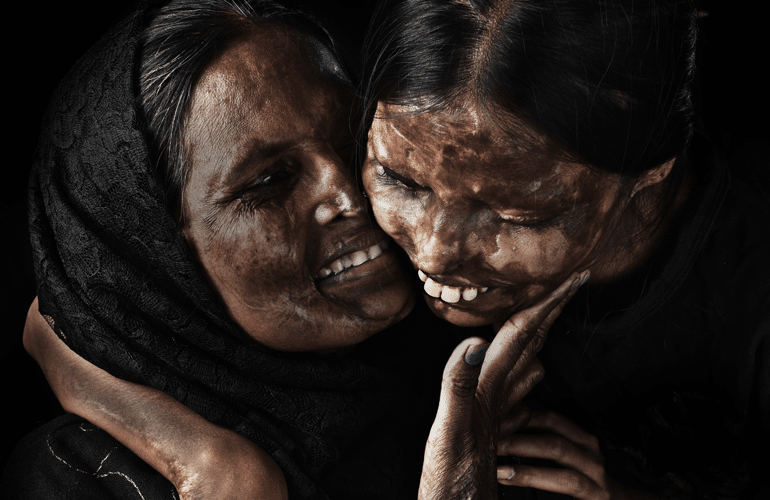
One incident which I remember is when I was shooting with one of the survivors, Ritu, and she was looking at her old photograph(which was clicked before the attack). That was a very nostalgic moment, where she could not hold back her tears and cried her heart out. It was one of those extremely emotional moments which I cannot forget.
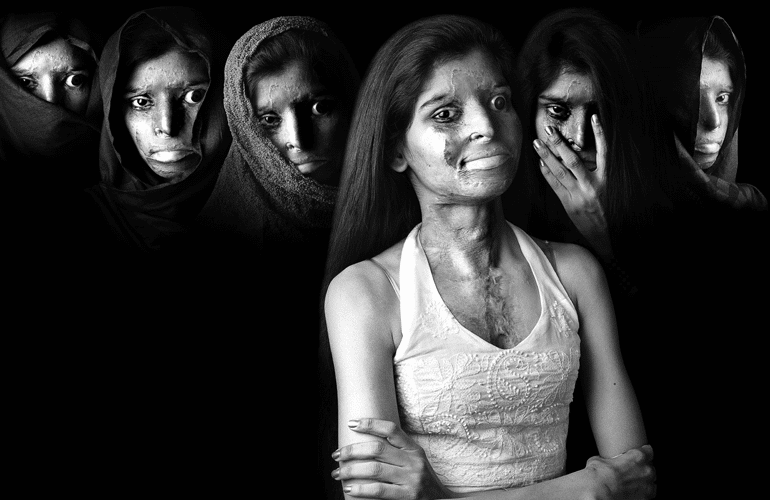
A similar incident happened with another survivor, Rukaiya, who also broke down as she shared her story with me. There were times when such incidents shook me from within and being sensitive by nature, I would at times feel extremely bad, but then I would remind myself that the cause of this photo story was very important and these tears should not go in vain, rather they should be used to sensitize the society and bring about the much-needed changes in the society. To let people treat them with equal love & respect and to discourage such heinous acts.
Sacred Transformations has received an honorable mention at The International Photographer of the Year 2016.
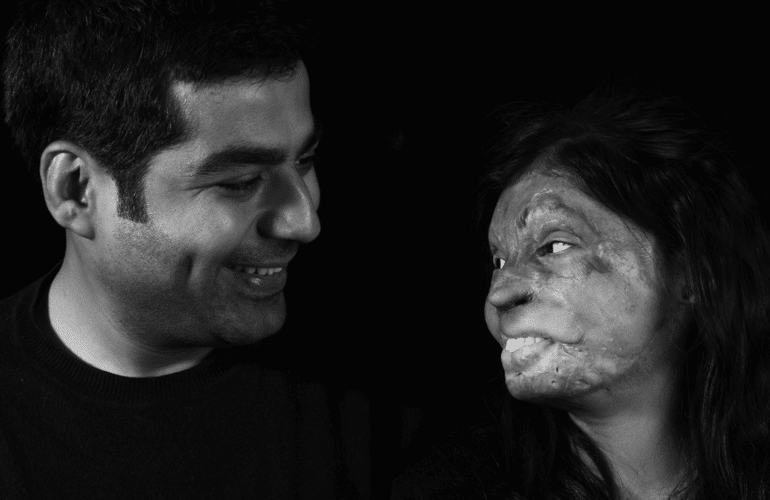
India has the highest number of acid attacks victims, mostly women. Niraj Gera’s Sacred Transformation is the story behind these numbers. Artists, photographers, journalists, and storytellers are making the noise against gender crimes that have shaken our collective conscience time and again. They are showing us the mirror, the face of insensitivity that many refuse to acknowledge.
These stories are inspirational, thought provoking but more than anything else, they are evolving public opinion against such behavior as much as what leads to such behavior.
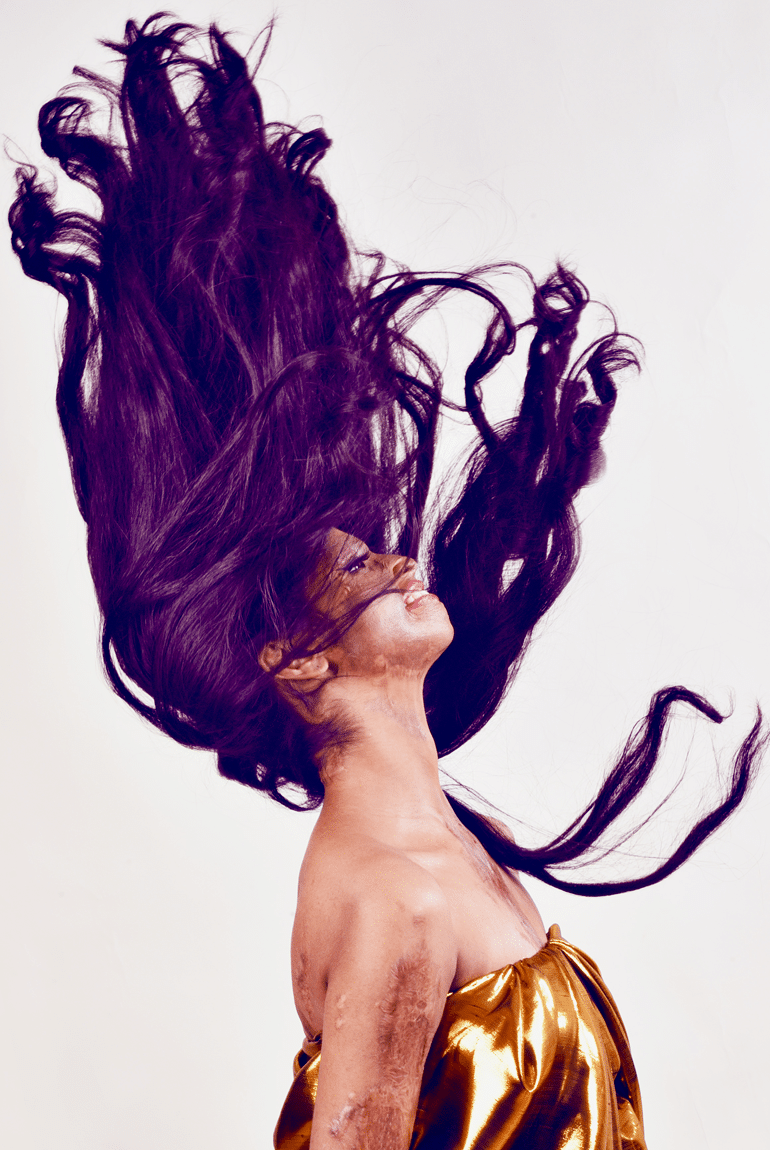
You may contact Niraj Gera via his website here.
If you think, you have an inspiring story or you know someone who does, please write to us here.

